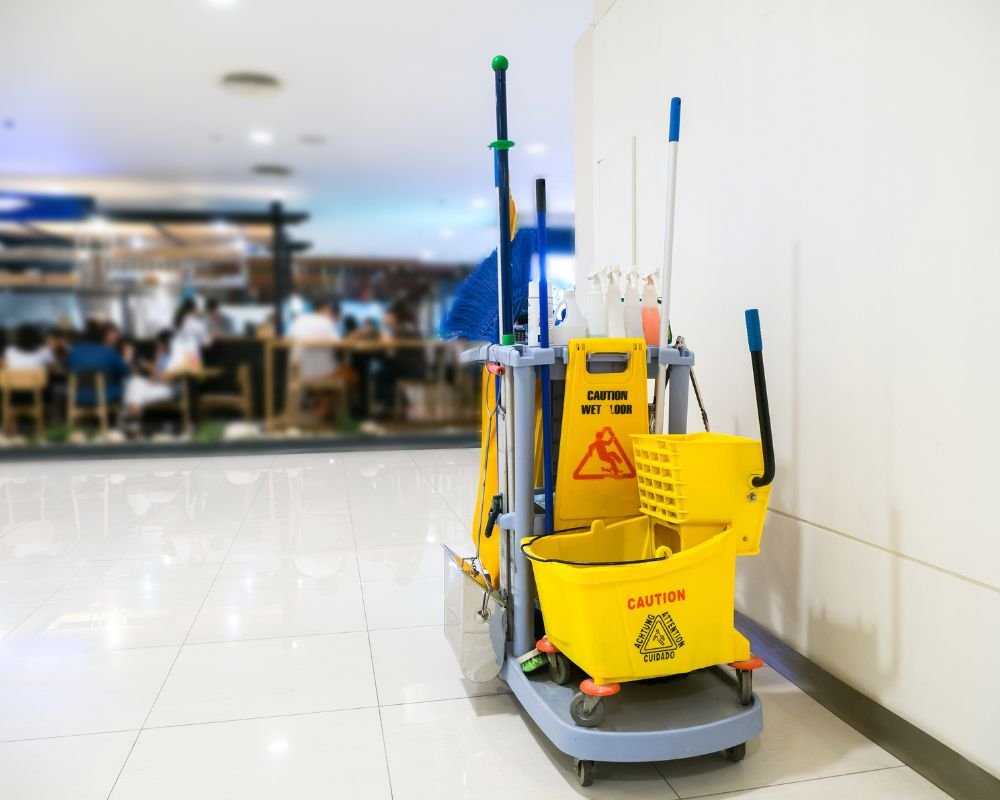Some of the most fascinating clients we work for are facility management companies. Whether a company manages commercial properties, residential properties, or both, cleaning can be a nightmare from scheduling and priority standpoints. How facility management companies go about it can be very different from one to the next.
From our perspective, it is sometimes better for a facility management company to bring in an outside cleaning service. Routine cleaning is best left to companies like ours capable of maximizing efficiency and budgetary resources. Meanwhile, the maintenance staff can focus their efforts on routine repairs, major fixes, and even property upgrades.
One of the first things we ask a new client is how normal cleaning is scheduled. This can be a tricky proposition for a property management company that constantly has to worry about conflicting schedules.
Time-Based Scheduled
A fairly common method for scheduling routine cleaning is to adopt a time-based model. Under this model, cleaning is divided into two schedules:
- Daylight – Daylight scheduling involves cleaning less trafficked areas during the daylight hours and more heavily trafficked areas during the evening and overnight. Daylight scheduling works pretty well for office and medical buildings. It doesn’t work so well for apartment buildings.
- Weekend – For commercial buildings, weekend cleaning is often a necessity. Cleaning crews go in only on the weekends when disruptions to normal operations are minimized. Weekends are also perfectly suited to deep cleaning tasks.
Time-based scheduling is workable in most types of commercial environments. Not so much for residential environments. When you are looking at something like an apartment building or a group of vacation rentals, it is often a case of getting in and getting the cleaning done whenever you can – regardless of when that might be.
Scheduling Based on Foot Traffic
Another way property management companies schedule their cleaning is to base it on foot traffic. Measuring foot traffic serves a couple of important purposes. First, it designates those areas that are in need of more frequent cleaning. High traffic areas need to be cleaned more often.
Second, measuring foot traffic can reveal peak times when cleaning is most efficient. Foot traffic measurements can even facilitate efficient scheduling of less common deep cleaning tasks.
Introducing Technology to Scheduling
In recent years, we have had the pleasure of working with facility management companies that have introduced technology into their scheduling. What types of technology? Sensors capable of monitoring everything from air quality to dust particle volume come to mind. It is really fascinating to see the types of data modern sensors can generate.
With certain types of technology, cleaning schedules can be automated. You can let sensors do their thing while associated software crunches the data and spits out a schedule for cleaning every space on the property.
The Static Schedule
When all else fails come you can count on some property management companies going with the old-fashioned, static cleaning schedule. Hallways always get cleaned on this day while other common areas get clean the next. Restrooms are always cleaned three times daily, at exactly the same time.
There is nothing wrong with establishing a static cleaning schedule and sticking with it. At the end of the day, what matters is that a property’s cleanliness is maintained at all times.
How does your facility management company schedule cleaning? Do you manage cleaning in-house, or have you hired a commercial cleaning service? All Pro Cleaning Systems would be happy to come in and work up an estimate for both pricing and scheduling on all your properties. Get in touch and let’s see what we can come up with.



